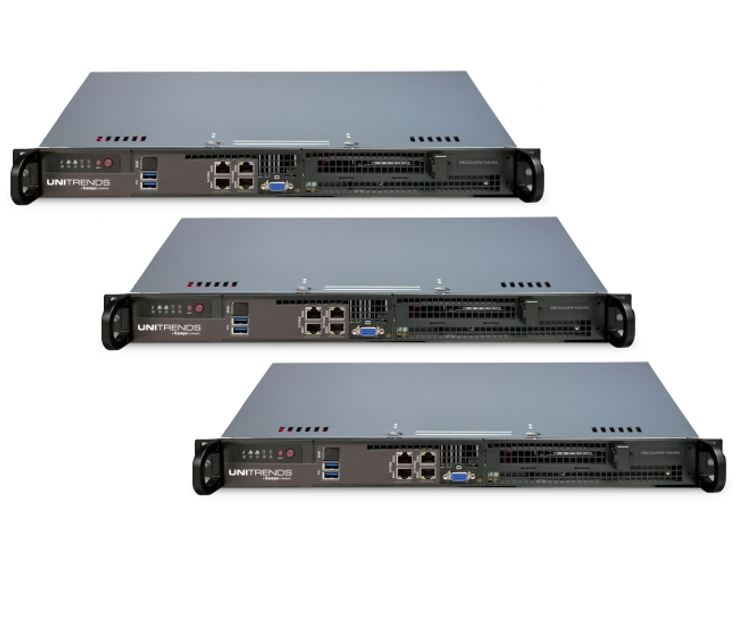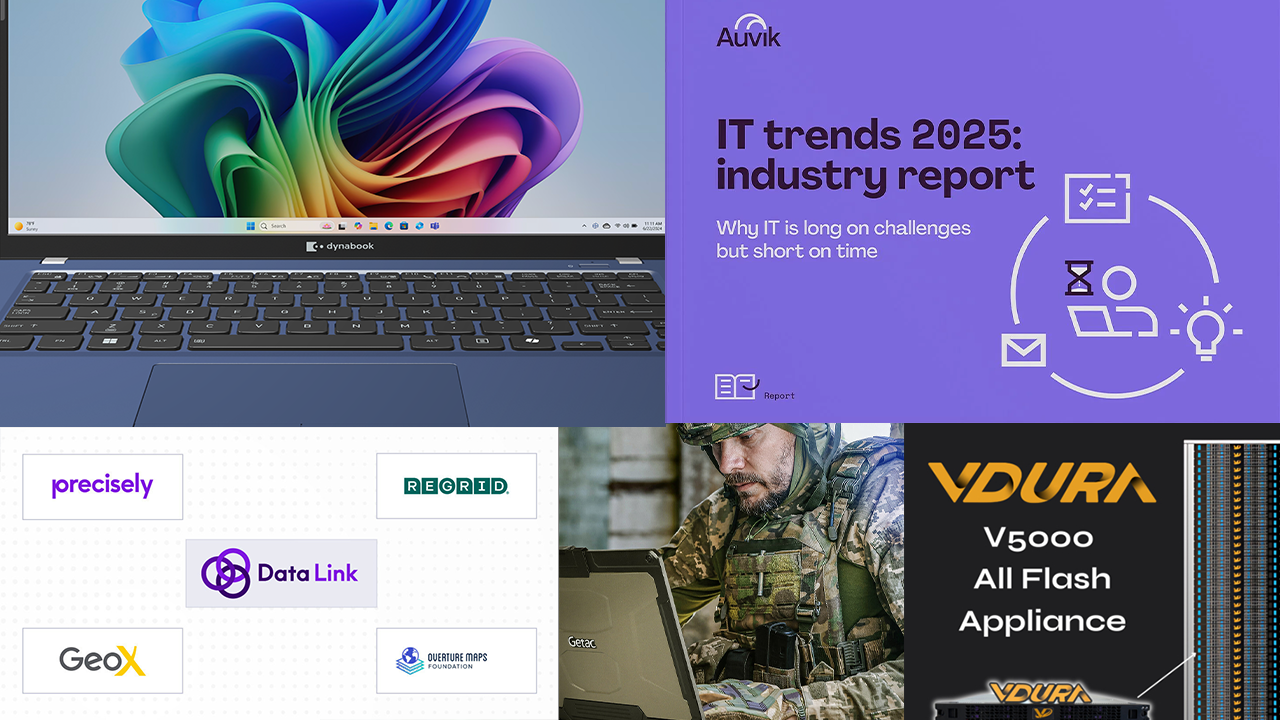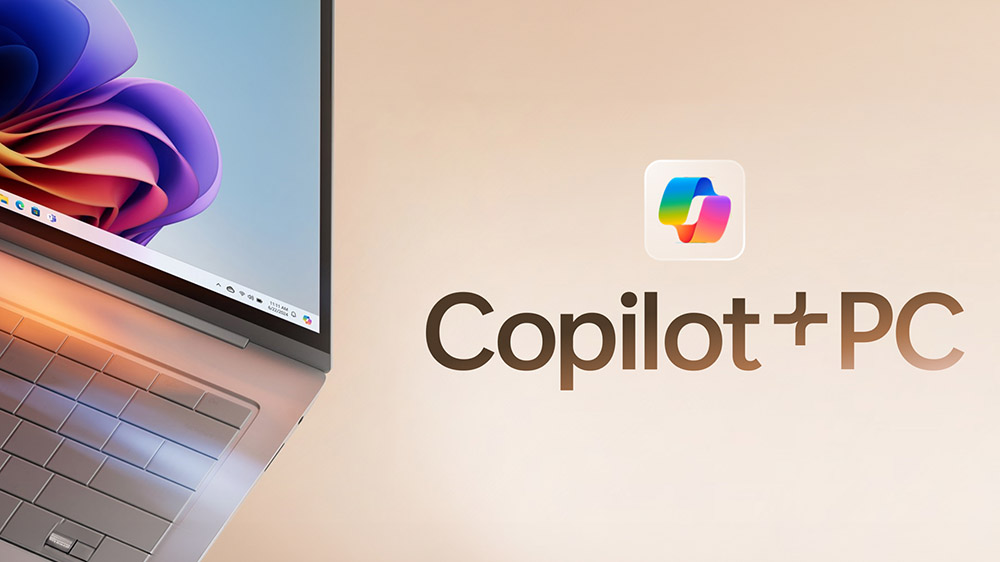Kaseya Ltd.‘s Unitrends BDR business unit has introduced a line of appliances designed to make on-premises recovery a practical option for smaller IT environments.
Targeted at SMBs and branch offices with just a handful of critical workloads to protect, the Recovery Series MAX family of appliances provides significantly more compute power, memory, and network throughput than earlier Recovery Series devices with the same storage capacity. The new systems are designed to fill a gap in the Unitrends portfolio for affordably-priced, modestly-scaled hardware with sufficient resources to run entire backup infrastructures on local hardware.
“It usually requires a decent amount of horsepower to do that,” says Joe Noonan, vice president for product management and marketing at Unitrends. “Our larger boxes that we have in the Recovery Series today have plenty of compute power to run workloads on them, so this was really to help out that smaller customer.”
Recovery Series MAX appliances are available in 2TB, 4TB, and 8TB editions. All three models come with Intel Xeon D-1541 processors, dual 1GB and 10GB Ethernet ports, 128GB SSD cards, and either 32 or 64GB of memory. That’s up to eight times the RAM of Recovery Series devices with the same amount of storage, says Noonan, adding that the new products have three times more processing power than comparably-scaled appliances as well.
Other features include built-in ransomware protection and WAN optimization technologies, including global inline deduplication, encryption, and bandwidth throttling. Unitrends provides 24×7 customer support as well.
The new units all run version 10.3 of Unitrends’s Recovery Series software. Shipped last November, that solution provides significantly faster file-level backup and replication and includes long-term data management functionality for companies bound by regulations like HIPAA and Sarbanes-Oxley that impose multi-year data retention requirements.
Buyers can choose between conventionally-priced Recovery Series MAX units from Unitrends and subscription-priced SKUs from Unitrends MSP, the wholly-owned subsidiary for managed service providers that Unitrends launched in December 2017.
According to Noonan, most BDR appliances for small businesses are too underpowered to support onsite recovery environments. As a result, most SMBs either install fresh hardware from scratch when production systems go down, and endure long spans of downtime as a result, or failover local resources to a public cloud. The latter option is speedy and affordable, Noonan says, but makes restoring workloads after an outage more complicated.
“Having to recover somewhere else in different infrastructure and then eventually get it all back is just far more of an endeavor than being able to just hit a couple of buttons and have it recover onto that local infrastructure that’s available on our box,” Noonan says.
Until today, there were 15 Recovery Series devices on the market in sizes ranging from 2 TB to 120 TB. Recovery Series MAX appliances cost about 20 to 25 percent more than those previously-released units with the same storage capacity. Unitrends MSP models are closer to twice as expensive.
“There’s a little bump in the pricing compared to the traditional Recovery Series,” says Noonan, noting that buyers get several times the compute power and memory as well.
Unitrends expects MSPs to be especially avid consumers of Recovery Series MAX products. According to Noonan, managed service providers are the fastest-growing segment of the Unitrends channel at present, mostly because they’ve traditionally had relatively few robust, appliance-based BDR solutions to choose from.
“There haven’t been too many vendors that are able to kind of deliver a complete solution like this,” he says. “We’re absolutely seeing this as a space that was ripe for disruption.”
Unitrends MSP has 515 partners at present. Many of them offer VAR services to their clients as well, observes Noonan, adding that Unitrends and Unitrends MSP are an appealing duo for such companies.
“Having both options from them to pick from, based upon the customer needs that they’re serving, has been a big help,” he says. “Not everybody has been able to do in this space.”
In January, Unitrends announced a revised reseller compensation model that delivers up to a 75 percent higher one-time commission than before and also shares some of the annual subscription fees customers pay for every non-Unitrends component of Kaseya’s IT Complete management platform they use.














